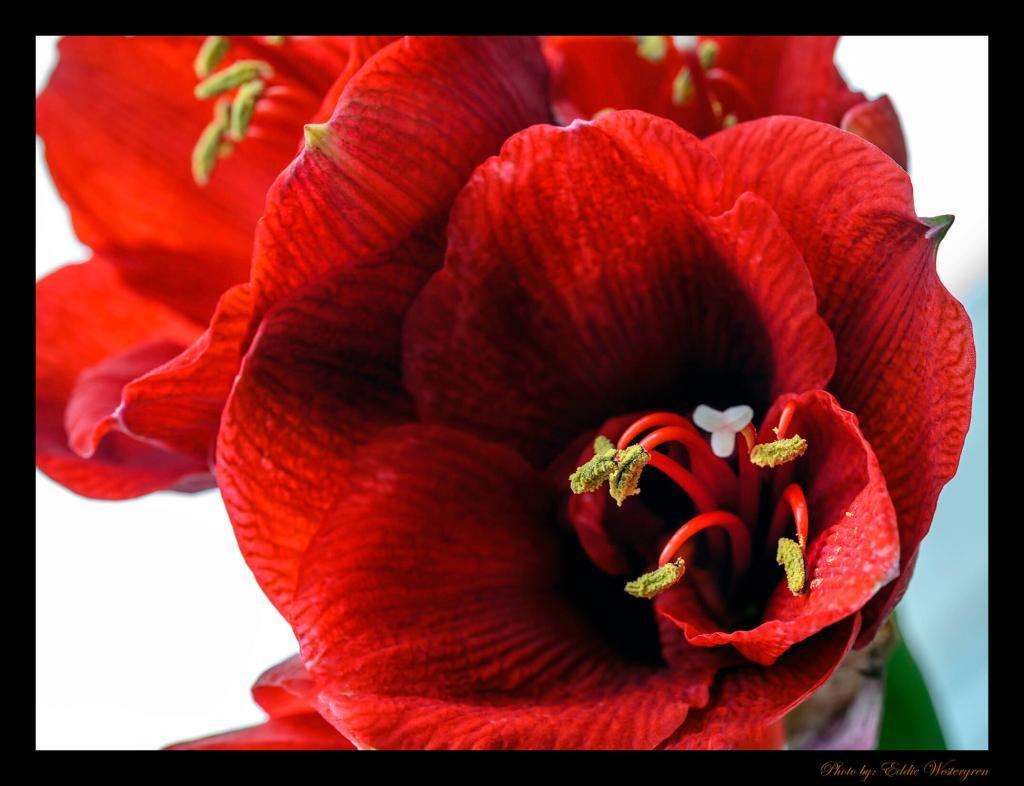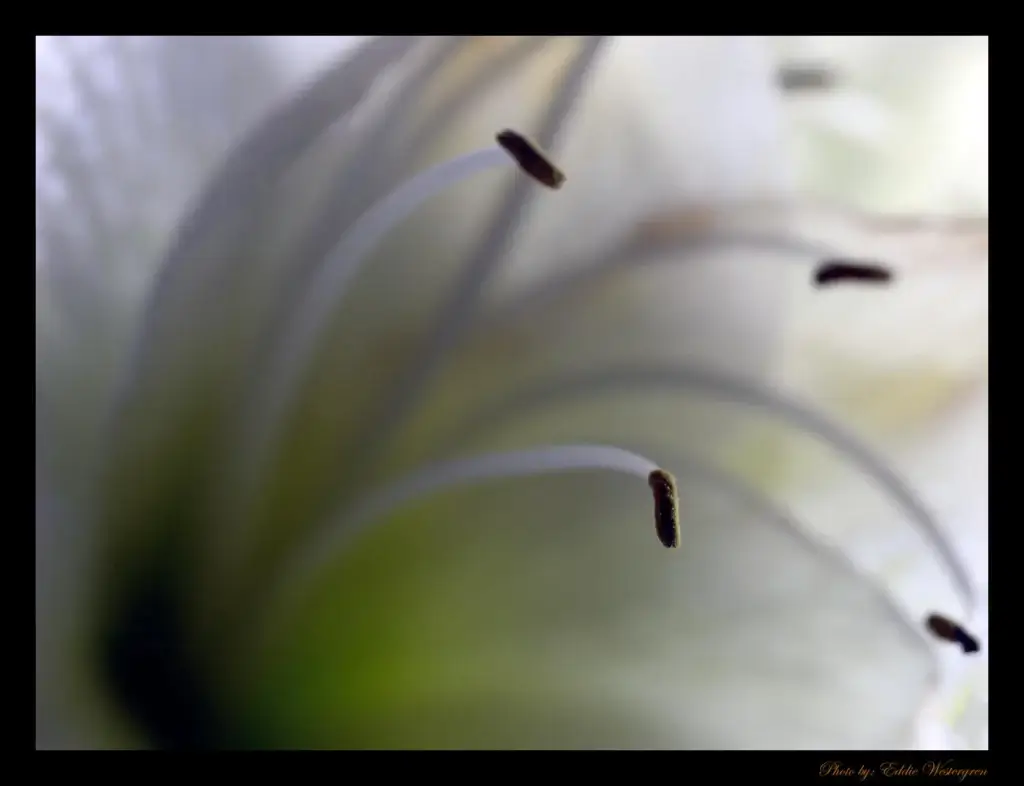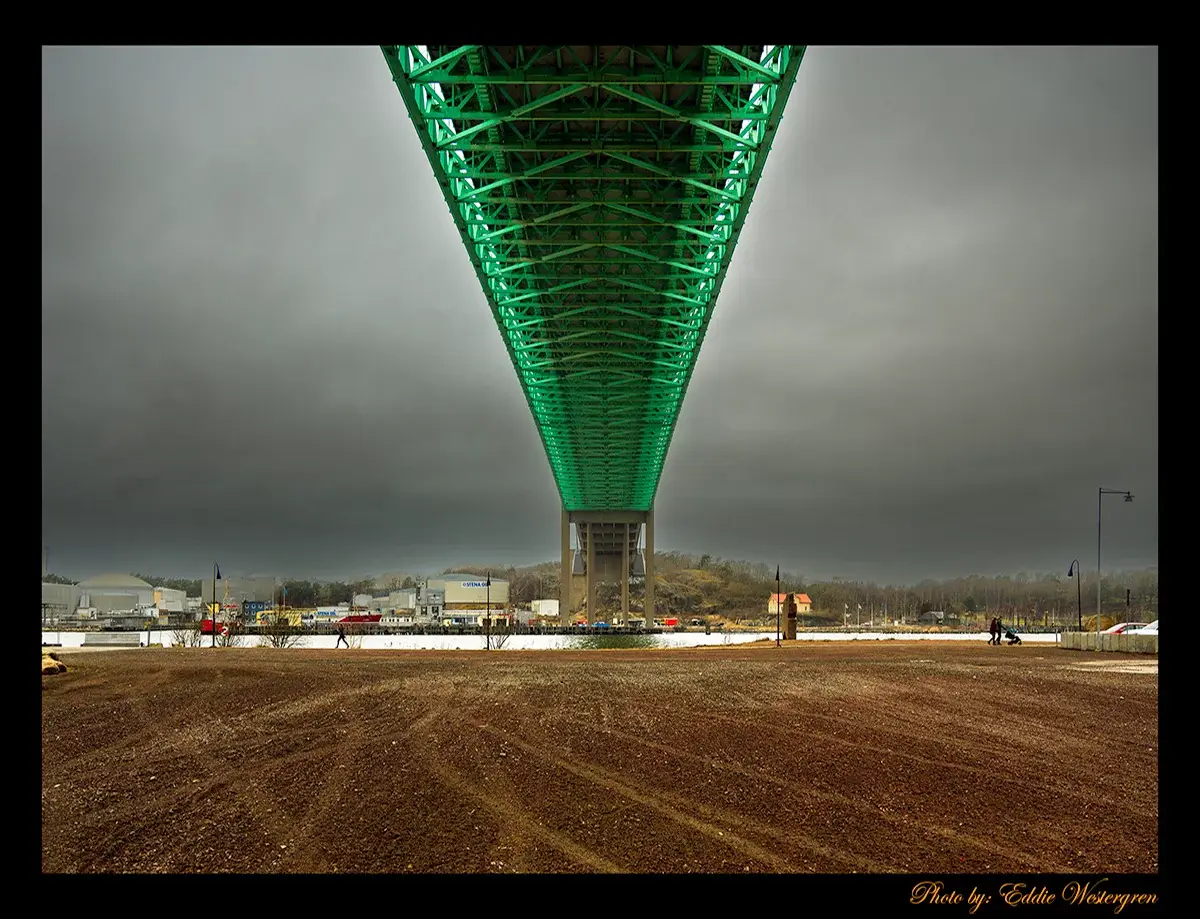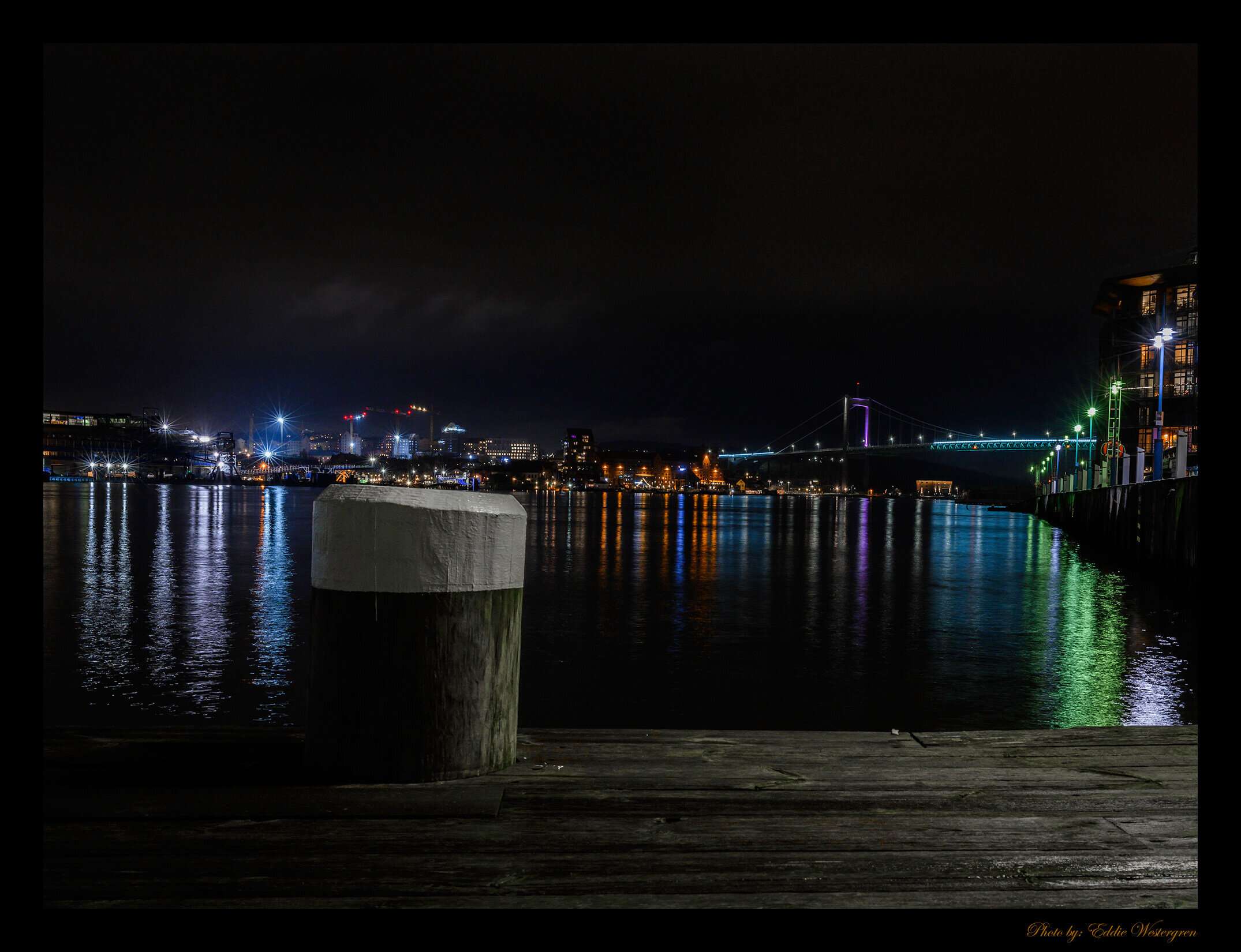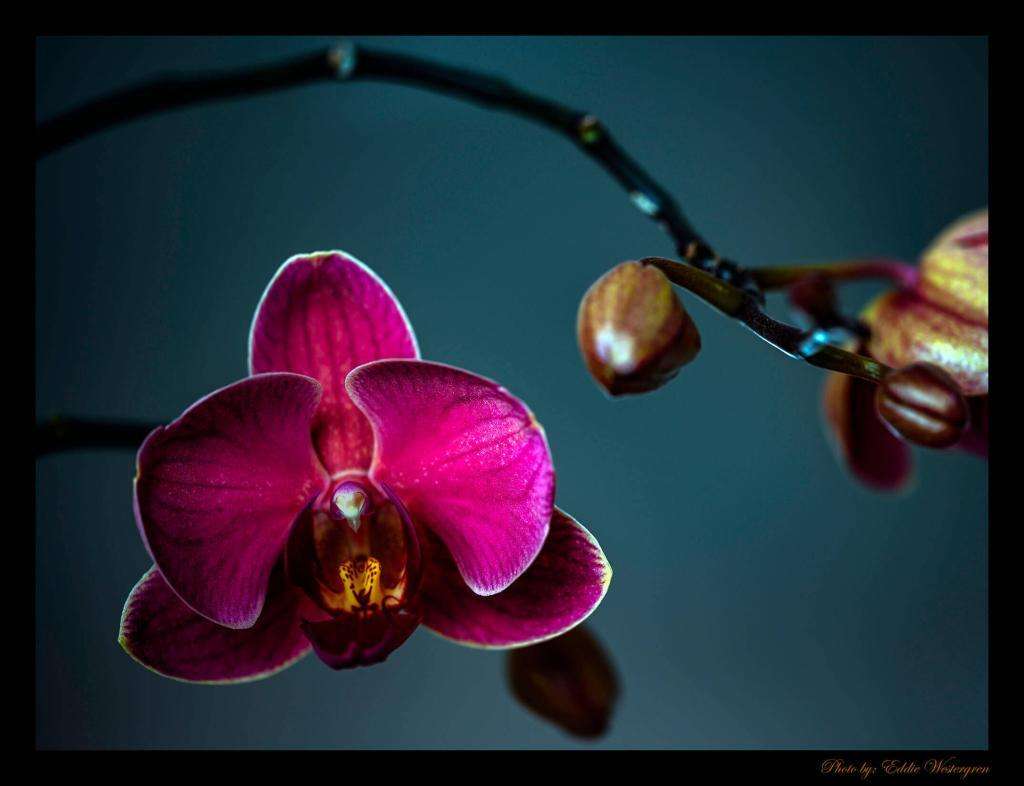
The purple orchid,
a regal emblem of elegance and mystique, the purple orchid enchants the senses with its ethereal beauty. Its slender stem rises gracefully, adorned with cascading blooms that unfurl like delicate butterflies in flight. Each petal is a masterpiece of nature’s artistry, painted in shades of lavender, amethyst, and royal violet, with subtle veins tracing intricate patterns like whispers of secrets.
As I gaze upon the purple orchid, I am captivated by its allure, drawn into a world of enchantment where time seems to stand still. Its fragrance, a subtle blend of sweetness and spice, fills the air, awakening the senses and igniting the imagination. I am transported to a realm of dreams and fantasies, where the boundaries between reality and reverie blur like watercolor strokes on a canvas.
With camera in hand, I seek to capture the essence of the purple orchid, to immortalize its beauty in a single frame. I adjust the focus, striving to capture every delicate detail, every curve and contour that sets this flower apart as a symbol of grace and sophistication. Each click of the shutter is a celebration of nature’s magnificence, a testament to the power of beauty to inspire and uplift the soul.
About the photos
As I study the photographs, I am struck by the myriad ways in which the purple orchid reveals itself to the world. In some images, it appears as a solitary sentinel, standing tall and proud against a backdrop of verdant foliage. In others, it is a cluster of blooms, a vibrant tapestry of color and form that dances in the light like a chorus of angels.
But beyond its aesthetic appeal, the purple orchid holds a deeper significance, a symbolism that transcends its physical beauty. In many cultures, it is revered as a symbol of luxury, wealth, and prosperity, a talisman of good fortune and success. Its presence in homes and gardens is believed to bring blessings and abundance, a reminder of life’s inherent richness and abundance.
As I contemplate the purple orchid, I am reminded of the profound connection between humanity and the natural world, of our shared journey through the tapestry of existence. In its petals, I see echoes of my own hopes and dreams, my aspirations and desires, woven together in a symphony of color and fragrance. And in its timeless allure, I find solace and inspiration, a reminder of the beauty that surrounds us and the wonders that await those who dare to dream.
